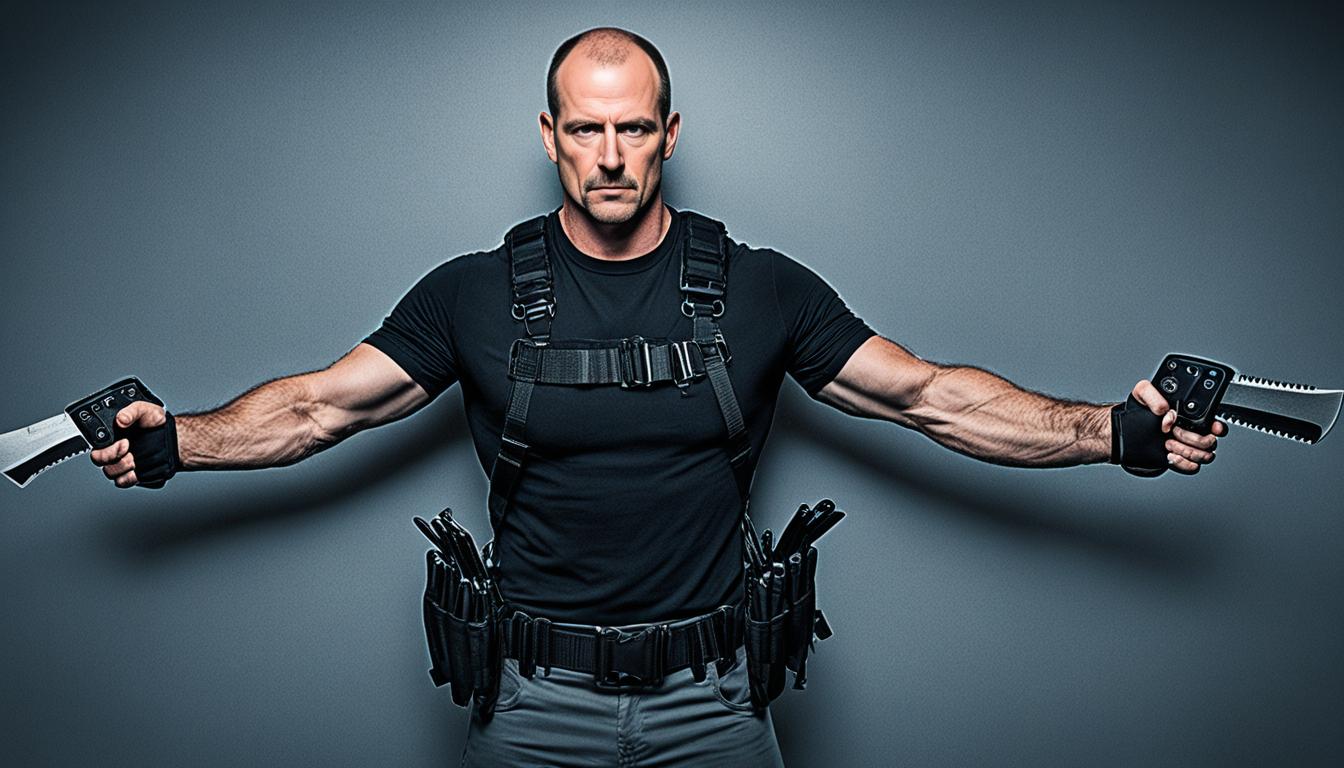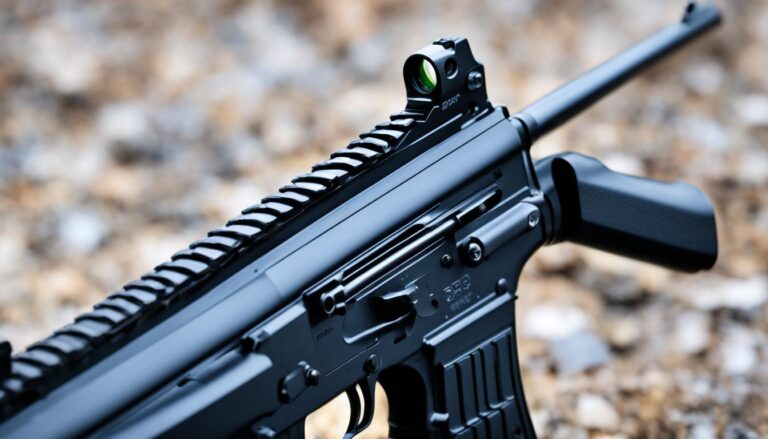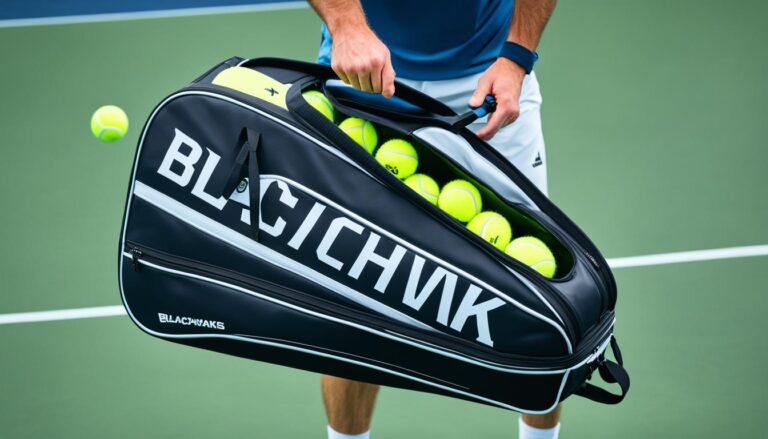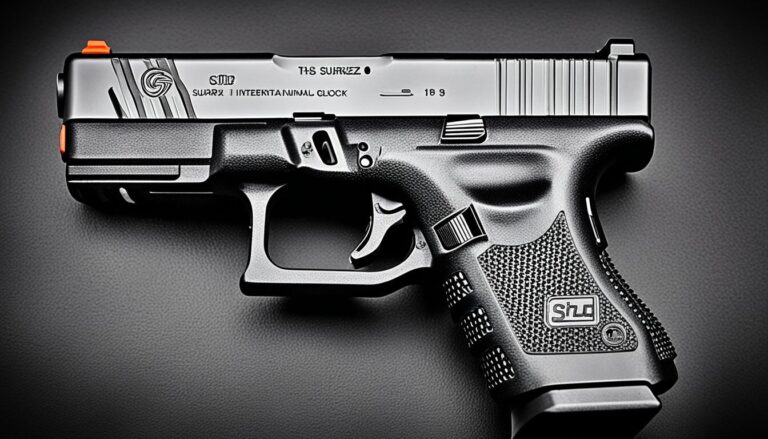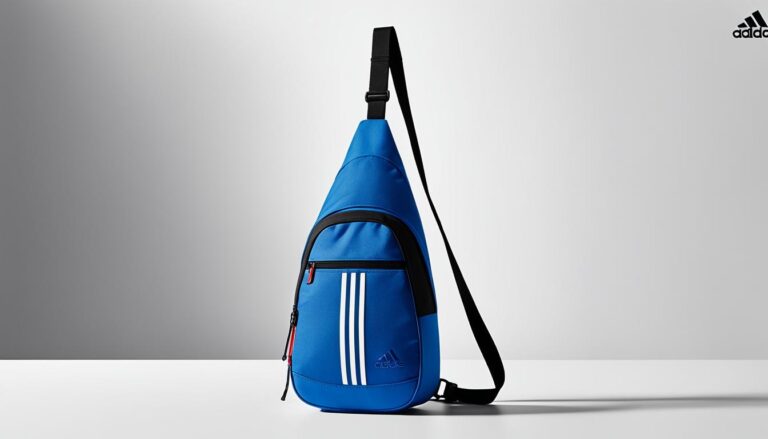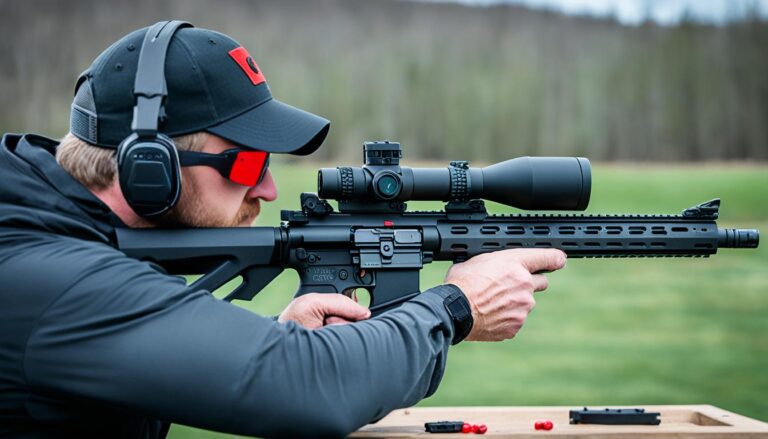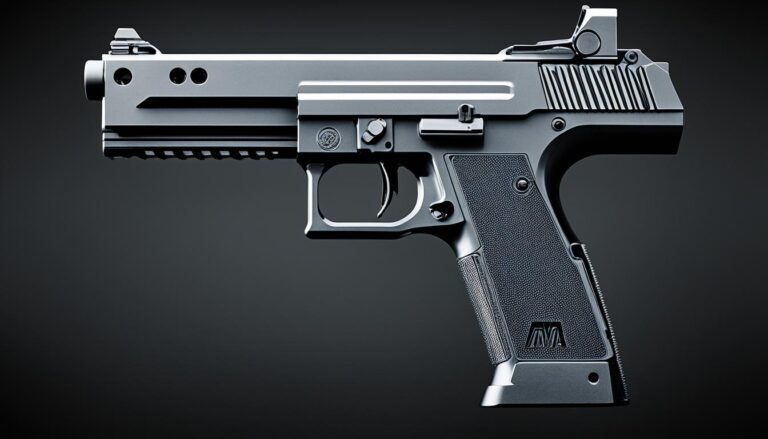Small Blade Knives On The Body Midline
For individuals prioritizing personal safety in daily life, the art of concealing a small blade knife along the body’s midline has emerged as a leading strategy. Source materials ranging from “The Art of Carrying Concealed Weapons” to “Blade Placement Strategies” underscore the pivotal nature of this carry technique. It’s imperative not just for ensuring the knife remains undetected, but also for guaranteeing immediate access during unforeseen encounters.
As urban landscapes grow more complex, the demand for concealed carry knives that merge subtlety with readiness has surged. Delving into the nuanced realm of self-defense small knives, it’s clear why maneuverability and speed stand out as critical factors. Whether tucked securely at the waist or positioned along the sternum, midline knife carry offers both, aligning with the recommendations found in “Self-Defense in Urban Environments” for unobtrusive yet efficient defense mechanisms.
The Significance of Small Blade Knives for Personal Defense
In a world where the unexpected can happen at any moment, small blade knives have emerged as a significant component in personal defense arsenals. These blades provide users with a combination of discretion and readiness, threading the fine line between being unnoticeable and highly effective in critical situations. Particularly for those looking for easy access knives that offer rapid deployment, the utility and strategic benefits of these tools cannot be overstressed.
Advantages of Compact Size in Concealed Carry
The minimalist design of small blade knives does not detract from their effectiveness – in fact, their compact size is a pivotal feature for concealed carry. As the source “Concealment Techniques for Personal Safety” suggests, the inconspicuous nature of these knives ensures they can be integrated into daily attire without causing discomfort or drawing attention. This allows for personal defense knives to be readily available in a manner that respects the carrier’s need for discretion.
Understanding Quick-Access and Deployment
Aside from their discreet size, the aspect of quick-access is where small blade knives truly excel in high-pressure scenarios. Citing the “Speed of Response in Defensive Scenarios”, studies point towards dramatic differences in reaction times when comparing midline-carried knives to alternative positions. The precise combination of easy access knives worn close to the body’s central axis enables rapid deployment, which, in an emergency, can make all the difference. Echoing these findings, “Everyday Carry Knives” further solidifies the case for small blade knives by presenting them as invaluable tools in ensuring personal security, combining the ease of carry with the speed of response in one streamlined package.
Best Practices for Carrying Small Blade Knives Strategically
As everyday carry philosophies emphasize streamlined efficiency, the strategic placement of small blade knives becomes a pivotal aspect for personal security. The midline of the body is particularly advantageous for concealment and rapid access, but it requires careful planning, from selecting the appropriate knife sheath to mastering the draw technique.
Choosing the Right Sheath for Midline Placement
Knife sheath selection for midline carry isn’t merely about aesthetics; it’s a decision that affects safety, comfort, and speed of access. A well-chosen sheath secures the knife without sacrificing quick-draw capability, a balance that demands attention to detail in design and material composition.
- Vertical carry sheaths ensure a natural hand position during draw
- Retention mechanisms ought to balance security with easy release
- Material choices range from traditional leather to modern Kydex, each with distinct benefits
A critical component to the sheath selection process is understanding how these designs interact with your movement and attire. A discreet profile that doesn’t hinder daily activities is equally significant in choosing the most suitable sheath.
Training Techniques for Midline Knife Access
Effective midline carry training fosters the instincts necessary for the high-stress scenarios one might encounter. Regular practice engrains motor skills, ensuring a seamless transition from rest to readiness.
- Methodical repetition of drawing the knife from midline sheaths
- Stress training to simulate real-life adrenaline-induced conditions
- Drills incorporating movement and engagement with targets
Structured self-defense workshops often incorporate these drills, teaching the nuances of optimal body mechanics for swift blade deployment. Practice makes perfect, and in the realm of personal defense, it could make all the difference.
| Sheath Material | Pro | Con | Best Use Case |
|---|---|---|---|
| Leather | Aesthetic, nature of wear improves fit over time | May retain moisture, affecting blade condition | Low-profile, everyday wear |
| Kydex | Waterproof, consistent retention | Rigid structure might hinder concealment for some body types | Tactical environments, frequent access |
| Nylon | Lightweight, flexible | May lack structural stability affecting retention | Temporary carry, light-duty use |
Adopting these practices in knife sheath selection and carry methodology, while diligently training, equips individuals for the unexpected with confidence and speed. Learning these principles can be the foundation of a reliable self-defense system, with a blade ready at a moment’s notice.
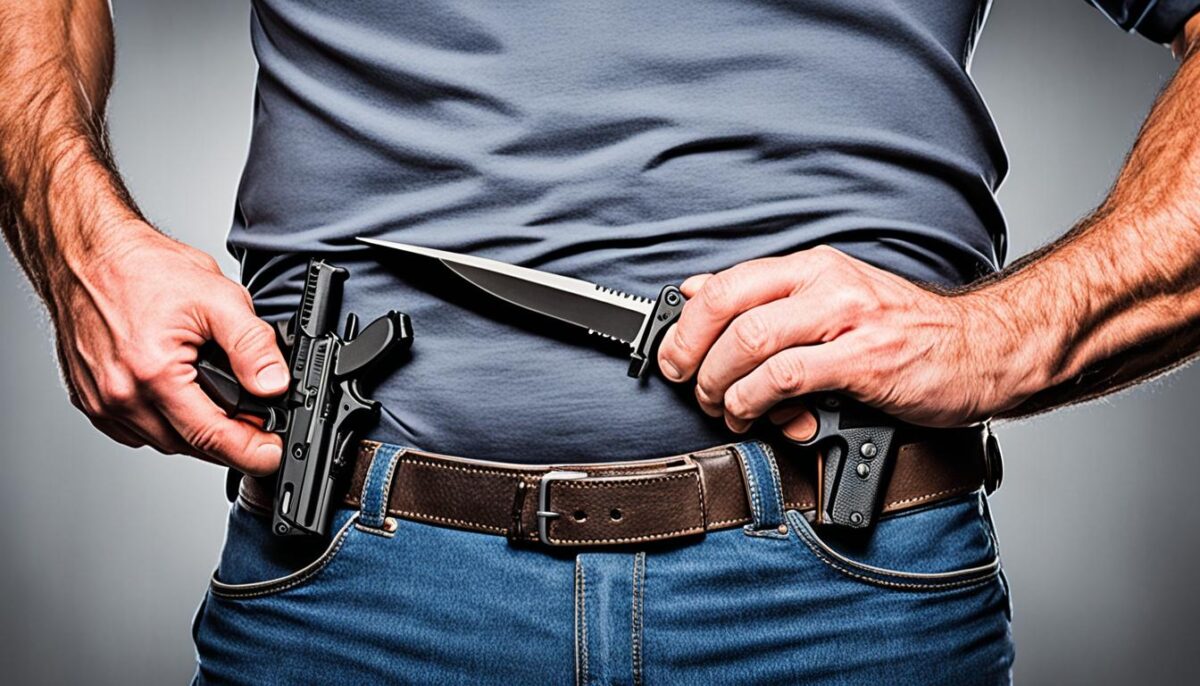
Small Blade Knives On The Body Midline: Anatomy of an Ideal Tool
Understanding the optimal small knife design is imperative for those seeking utility and efficiency in a personal defense knife. With input from numerous experts in the field, key elements have been identified that contribute to an ideal personal defense knife.
When experts talk about midline knife features, they emphasize ergonomics as a primary concern. A well-designed handle that provides a firm grip and allows quick deployment is crucial for a knife intended for midbody carry. The handle’s material should also resist sweat and wear while being comfortable against the skin during extended periods of concealment.
Material selection for both blade and handle affects the knife’s concealment. Lightweight metals such as titanium, or advanced polymers, can reduce imprinting while still offering substantial durability and sharpness. A knife that disappears against the contour of the body reduces the likelihood of detection, making it an optimal design for personal defense.
| Feature | Description | Benefits for Midline Carry |
|---|---|---|
| Ergonomic Handle | Designed to fit snugly in the palm. | Reduces fatigue and improves draw speed. |
| Non-reflective Blade | Matte finish to prevent glare. | Stealth in various environments. |
| Concealment Sheath | Low-profile sheath for easy hide. | Minimizes detection and maximizes comfort. |
| Lightweight Materials | Innovative alloys or polymers used. | Ensures all-day comfort and less imprinting. |
Collecting insights from “Reviews of Top Small Blade Knives,” several standouts have been recommended for their discreet profiles and quick-access features. Knives like the Spyderco Delica and the Benchmade Mini Griptilian, for example, have been acclaimed for their respective deployments, reliability, and adaptability to being carried on the body’s midline.
- Examine the grip texture for slip resistance.
- Ensure the clip is adjustable or removeable for various carry positions.
- Balance the knife’s weight to be unobtrusive yet substantial enough for defensive use.
- Select a blade length that complies with local laws while remaining effective.
“A midline concealed knife needs to be an extension of the body. It should offer balance, assurance, and immediacy in a self-defense scenario.” – Quote from “Ergonomics in Knife Design”.
Ultimately, the anatomy of an ideal tool for midline carry cannot be understated—it becomes a personalized defense mechanism tailored to the user’s needs, comfort, and legal constraints. Ensuring that the knife aligns with these criteria will provide security and confidence in its everyday carry and utility.
Legal Considerations and Safety Concerns
Understanding the legal landscape surrounding the carrying of concealed knives is as essential as choosing the right knife itself. Before you decide to carry a small blade knife, particularly for concealed carry along the body midline, it’s crucial to inform yourself about the knife laws by state that govern blade size and concealment legality. Navigating these laws can be tricky, as they vary significantly from one jurisdiction to another, affecting both your rights and responsibilities. Keeping abreast of knife carrying legality is not only a matter of compliance but also an exercise in ensuring your own safety and that of those around you.
Regulations Surrounding Blade Size and Concealment
Carrying a knife for self-defense carries substantial responsibility, particularly regarding how and where the knife is concealed. Each state has its own set of regulations that dictate the legal blade length and the type of knives allowed for concealed carry. Some states are quite liberal, allowing the carrying of knives with a considerable blade length, while others may have more stringent laws, including restrictions on switchblades or other specific types of knives. It is imperative to seek up-to-date information on the knife carrying legality in your particular state or any state you may be visiting to ensure you’re operating within the law.
Responsible Use: When and How to Utilize Your Knife
Knowing when and how to use your knife is critical, not only for effective personal defense but also for remaining on the right side of the law. Safety experts advocate for regular training to achieve proficiency in handling knives—only through continuous practice can one develop the muscle memory necessary for safe knife handling practices. Additionally, it’s important to understand that using a knife in self-defense is a serious matter with legal ramifications. Familiarizing yourself with the self-defense laws specific to your locale is crucial, as these laws will greatly influence your actions during a defensive encounter. Ensuring that you are trained, informed, and prudent in your knife use will accompany the physical tool with the essential knowledge tool, creating a comprehensive defense strategy.

